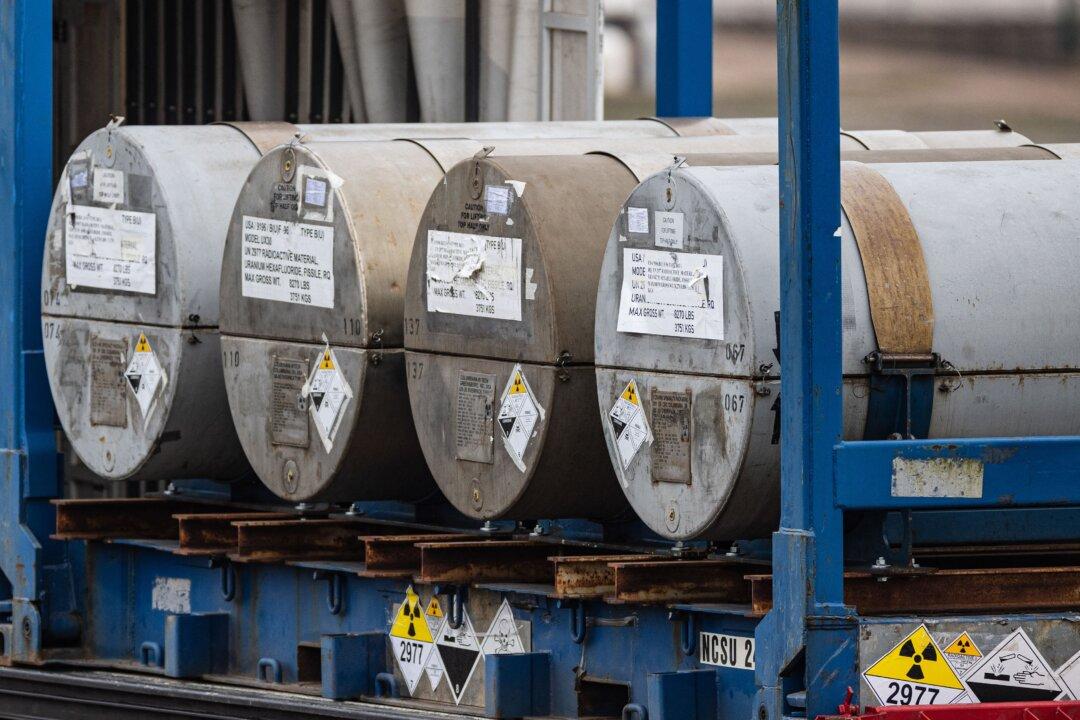Funds shall be used to monitor the quality of water at coastal and Great Lakes beaches, with grant recipients required to “notify the public if elevated levels of illness-causing bacteria make swimming unsafe,” the EPA said.
“Millions of Americans will travel to the beach this summer to relax or play in the water. They will make lifelong memories and provide a boon to local economies,” said EPA acting Assistant Administrator for Water Peggy Browne.
“With $9.7 million from EPA, states and local authorities can help ensure that our beaches are open for business and that beachgoers can swim and splash without fear of getting sick.”
The funds are to be disbursed to eight EPA regions, with each region composed of multiple states.
Funds allocated to Region 4 are expected to “help ensure safe beaches along the 2,035 miles of coastland in the Southeastern states, protecting public health while promoting tourism and economic development,” said EPA Regional Administrator Kevin McOmber.
According to the EPA, the $9.7 million funding advances two goals—cooperative federalism and making sure that U.S. citizens have access to safe and clean water.
Bacteria in Beach Waters
Over the past years, there have been several instances of beaches being shut down across the United States due to concerns about high bacterial presence.Swimming in unsafe waters can lead to respiratory issues such as sore throat, vomiting, diarrhea, earache, fever, skin rash, abdominal pain, and itching.
The state’s Department of Public Health attributed the bacterial presence to heavy rains, saying a rainstorm washes the bacteria or excessive nutrients on land into the water, thus enabling small populations of these microbes to “rapidly reproduce to unsafe levels.”
“Last year, 80% of beaches and sampling sites tested (483 of 604) yielded at least one high bacteria result that exceeded state health standards. This shows the importance of regular water quality monitoring at the beach to protect public health and safe recreation,” it said.
The report listed the top 10 beaches with high bacterial presence. The Walkomo Stream at Koloa Landing and the Kahalu’u beaches in Hawaii, as well as the Park View Kayak Launch in Florida, took the top three spots, with samples from these sites having a bacteria rate of 90 percent or above.
Four more beaches on the list had bacteria rates above 50 percent.
At each of these beaches, “Surfrider Foundation chapters are consistently measuring high bacteria levels that exceed state health standards for recreational water,” the report said.
“These Beach Bacteria Hot Spots represent a variety of recreational waters and access points that are important to local communities, yet water quality conditions could be putting public health at risk.”







